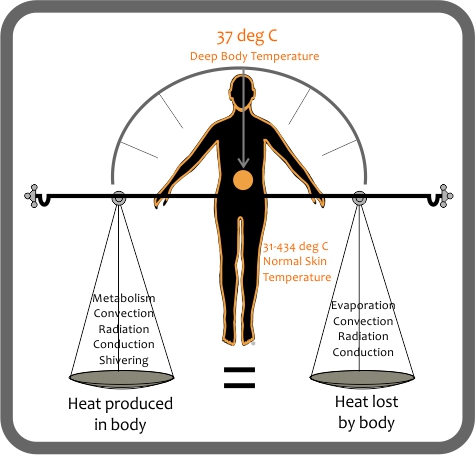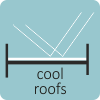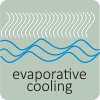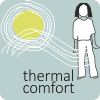Buildings are ultimately meant to shelter and provide comfortable habitats. Significant amounts of energy are expended when buildings are cooled or heated through mechanical equipment to maintain desired thermal comfort conditions. It is essential to understand what thermal comfort is and how it can be achieved with the least amount of energy spent to do so.
Thermal comfort is an assessment of the thermal condition of the surroundings. ISO 7730 states defines thermal comfort as “That condition of mind that expresses satisfaction with the thermal environment”. People may feel that their surroundings are warm, cold or simply comfortable depending on the thermal state of the surroundings, and, equally importantly, physiological and psychological factors. Lack of comfort due to the last factors cannot be alleviated by cooling or heating a building, but thermal conditions can be changed for better.
Which brings us to the next question – why do humans feel thermally comfortable or uncomfortable, in other words, warm or cold inside buildings? Human body is in a near continuous exchange of heat with the surroundings. Heat is produced inside the body due to biochemical processes like metabolism. It is also produced or lost due to conduction, radiation and convection when the body touches, or is in the vicinity of a heat source. Deep body temperature must remain constant at 37 °C and to maintain this equilibrium the body must lose or gain heat to or from its surroundings.
Both environmental and physiological factors influence human thermal comfort (see table below)
Table:Air temperature, humidity, air movement and radiant temperature impede or support heat exchange between humans and their thermal environment. Thermal comfort can be influenced by physiological factors like clothing, metabolic activity, age and gender, as these also determine the rate of heat exchange between the body and its surroundings.
| Air temperature | Increases heat loss by convectionHigh: too warmLow: too cold |
| Humidity | Reduces heat loss by evaporationHIGH: wet skin and thus uncomfortableLOW: dry skin |
| Radiant temperature | |
| Wind | Depending on its temperature, it can induce heat gain or loss in the body. Wind velocity and movement, within tolerable limits, can alleviate thermal comfort. |
| Clothing | Insulation between the human body and environment. Higher the insulation value of clothing, less will the heat exchange with surroundings. |
| Activity | Metabolism breaks down energy from food. Only 20% is used by the body and the balance has to be dissipated to surrounding environment. |
| Age and gender | Metabolic rate of older people, children and women are lower than men. People who are ill also have low metabolic rates. |

















